Fairy tales — the proper kind, those original Brothers Grimm and Hans Christian Andersen tales I recall from my Eastern European childhood, unsanitized by censorship and unsweetened by American retellings — affirm what children intuitively know to be true but are gradually taught to forget, then to dread: that the terrible and the terrific spring from the same source, and that what grants life its beauty and magic is not the absence of terror and tumult but the grace and elegance with which we navigate the gauntlet.
Neil Gaiman continues ...
The things that haunt us can be tiny things: a Web page; a voicemail message; an article in a newspaper, perhaps, by an English writer, remembering Halloweens long gone and skeletal trees and winding lanes and darkness. An article containing fragments of ghost stories, and which, nonsensical although the idea has to be, nobody ever remembers reading but you, and which simply isn’t there the next time you go and look for it.
From Algernon Blackwood's 1910 tale, "The Wendigo" ...
His piteous and beseeching voice was interrupted by a sound that was like the roar of wind coming across the lake. The trees overhead shook their tangled branches. The blazing fire bent its flames as before a blast. And something swept with a terrific, rushing noise about the little camp and seemed to surround it entirely in a single moment of time. Défago shook the clinging blankets from his body, turned towards the woods behind, and with the same stumbling motion that had brought him—was gone: gone, before anyone could move muscle to prevent him, gone with an amazing, blundering swiftness that left no time to act. The darkness positively swallowed him; and less than a dozen seconds later, above the roar of the swaying trees and the shout of the sudden wind, all three men, watching and listening with stricken hearts, heard a cry that seemed to drop down upon them from a great height of sky and distance—






















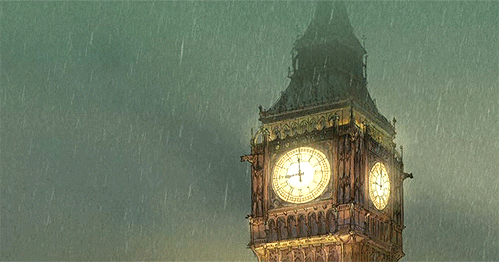



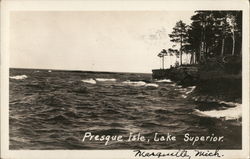

















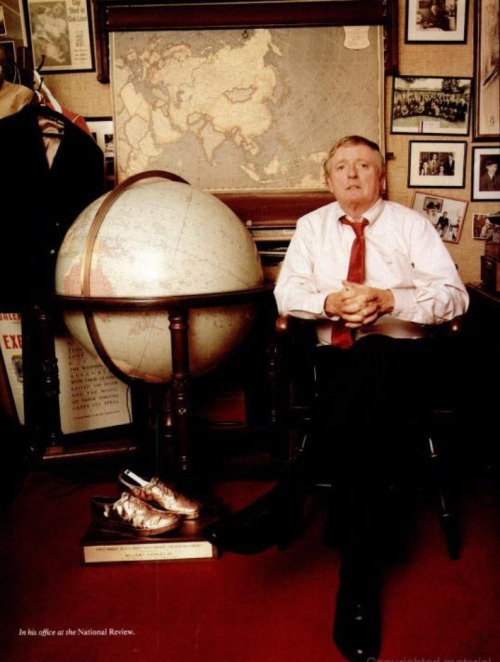
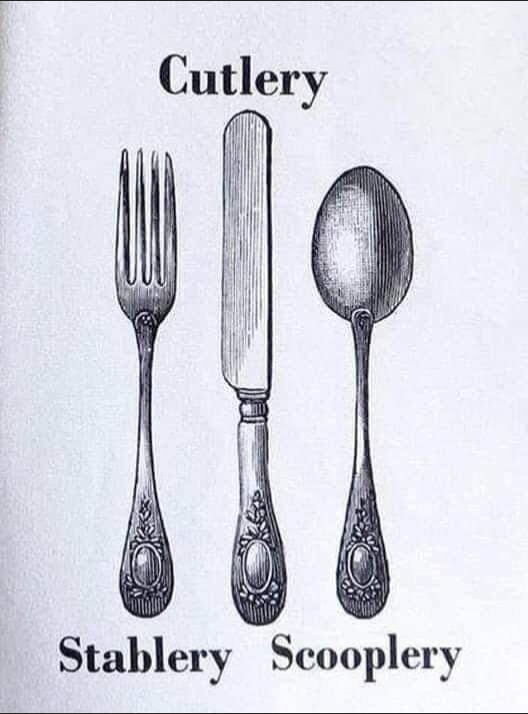
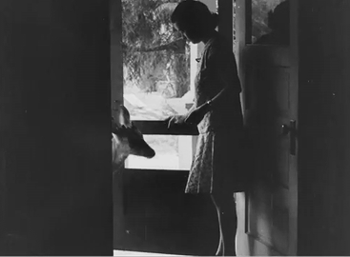











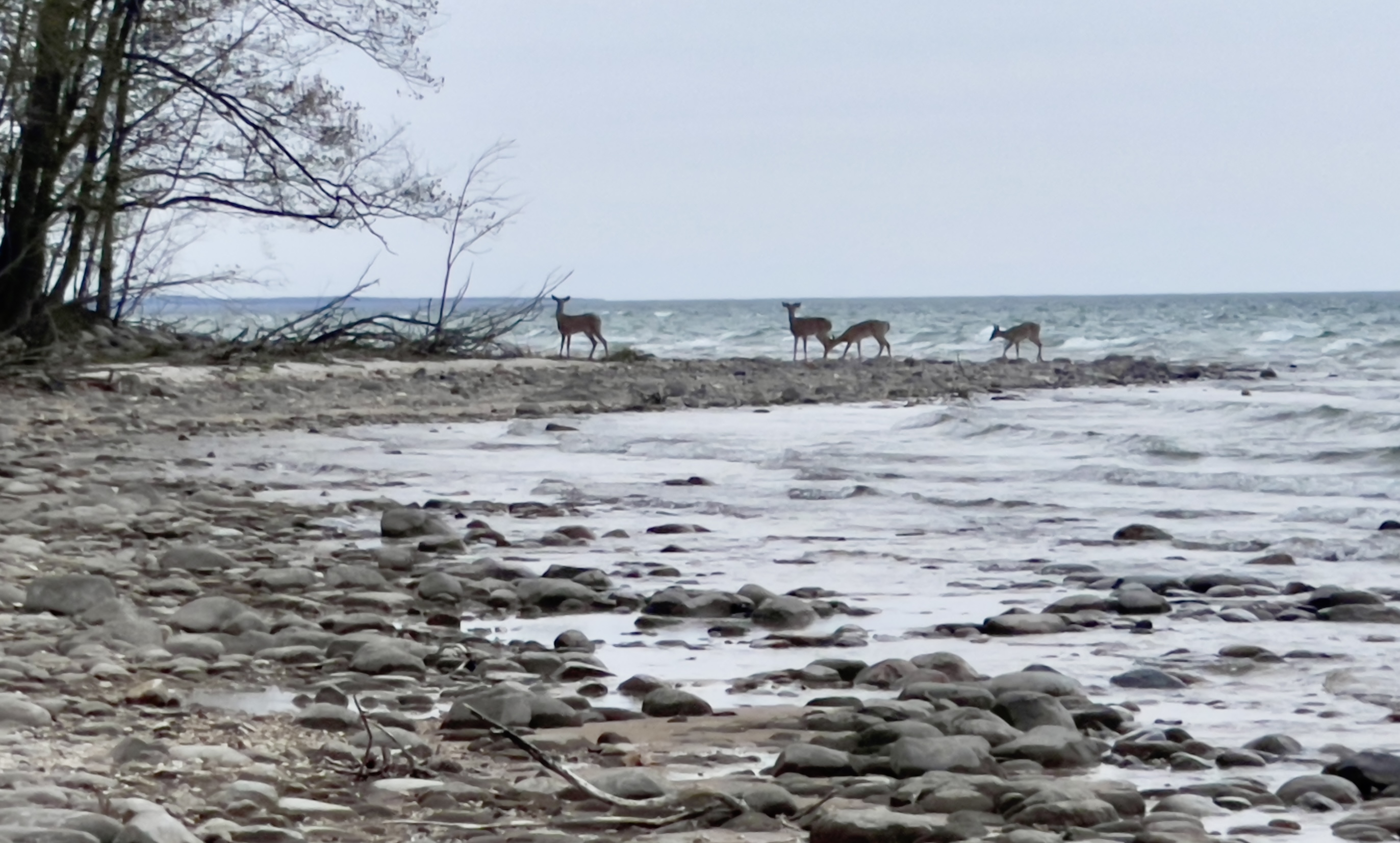


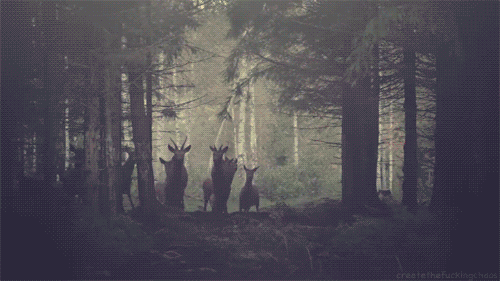
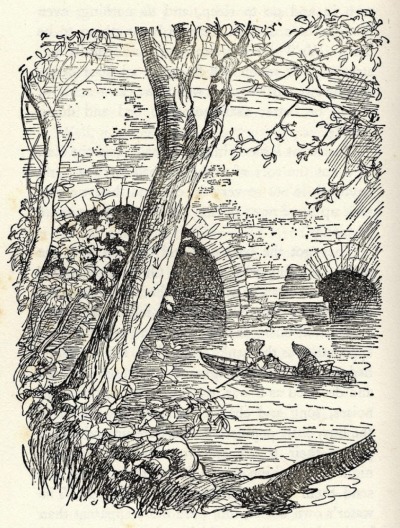
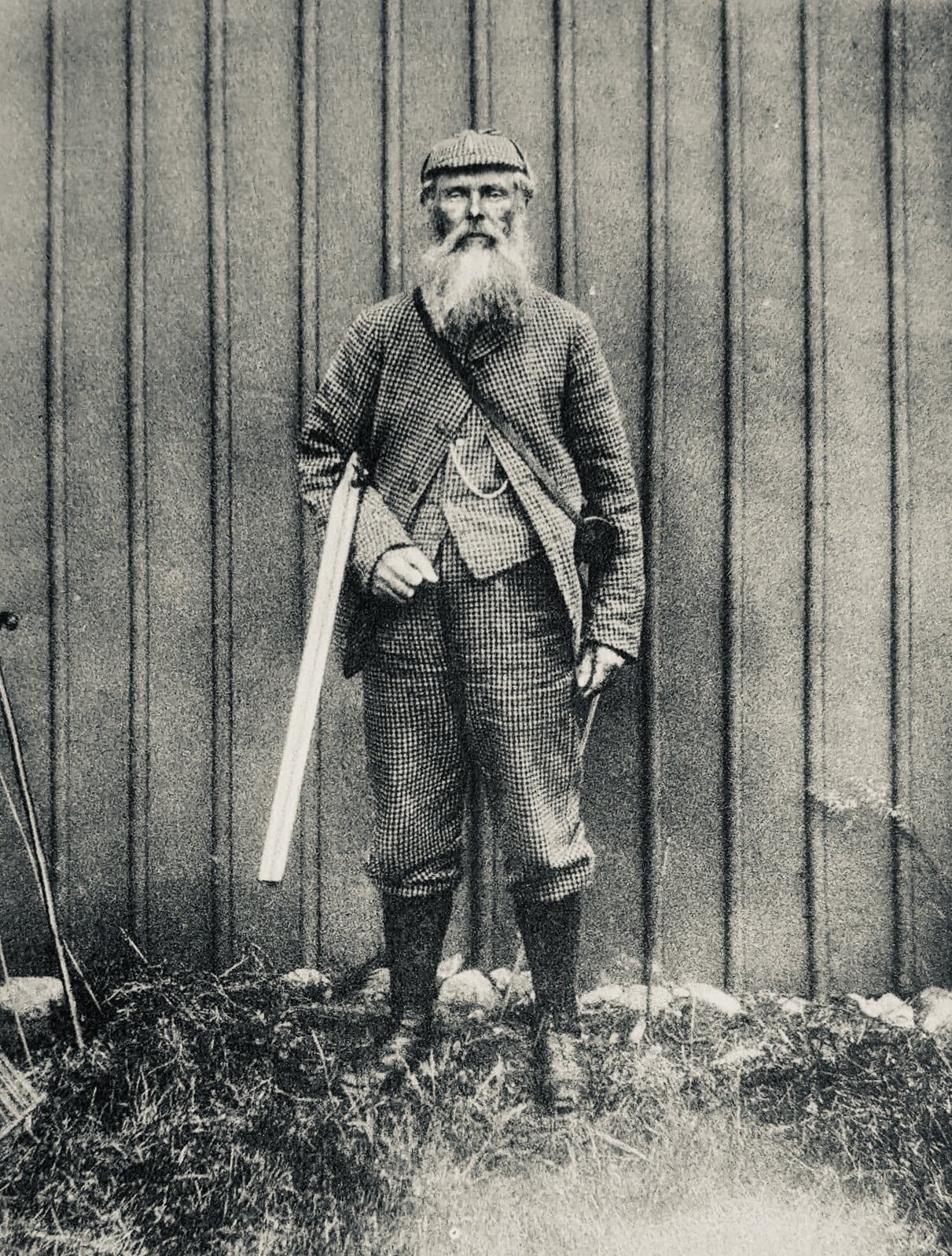

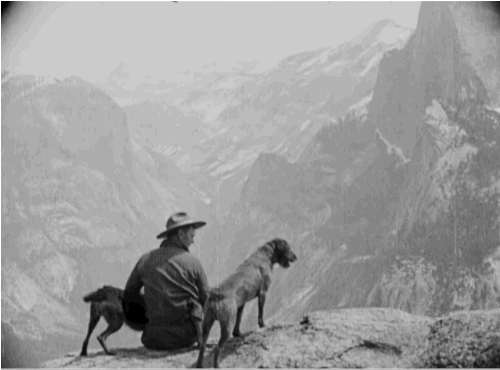


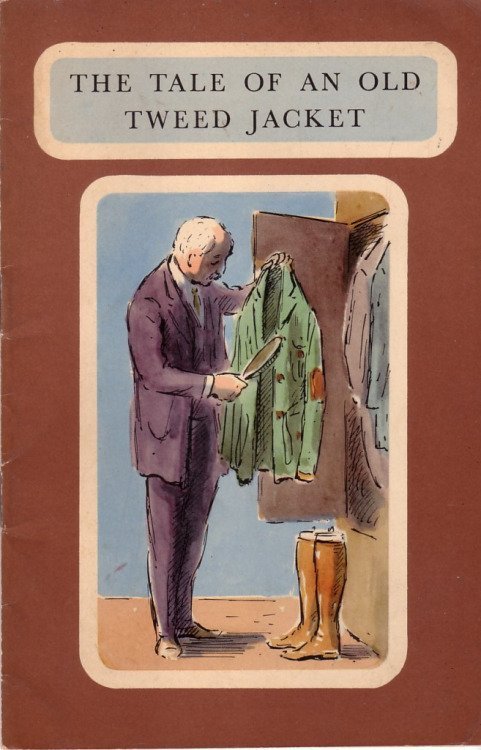










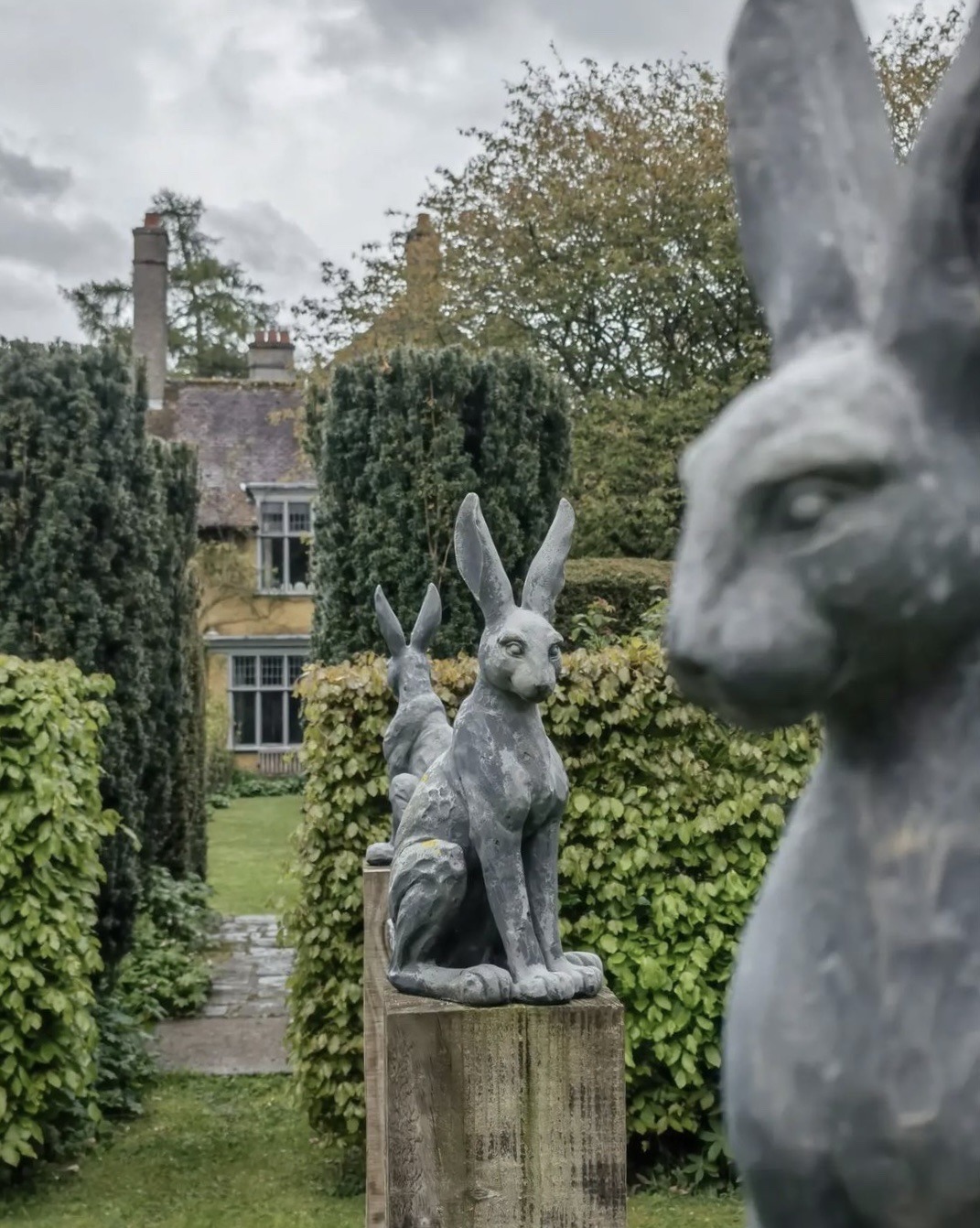
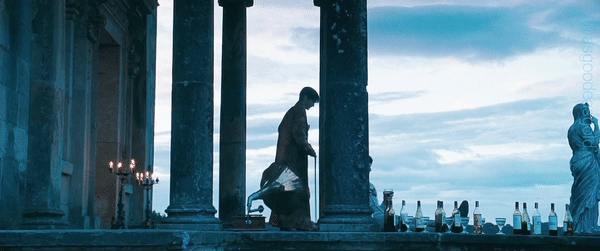
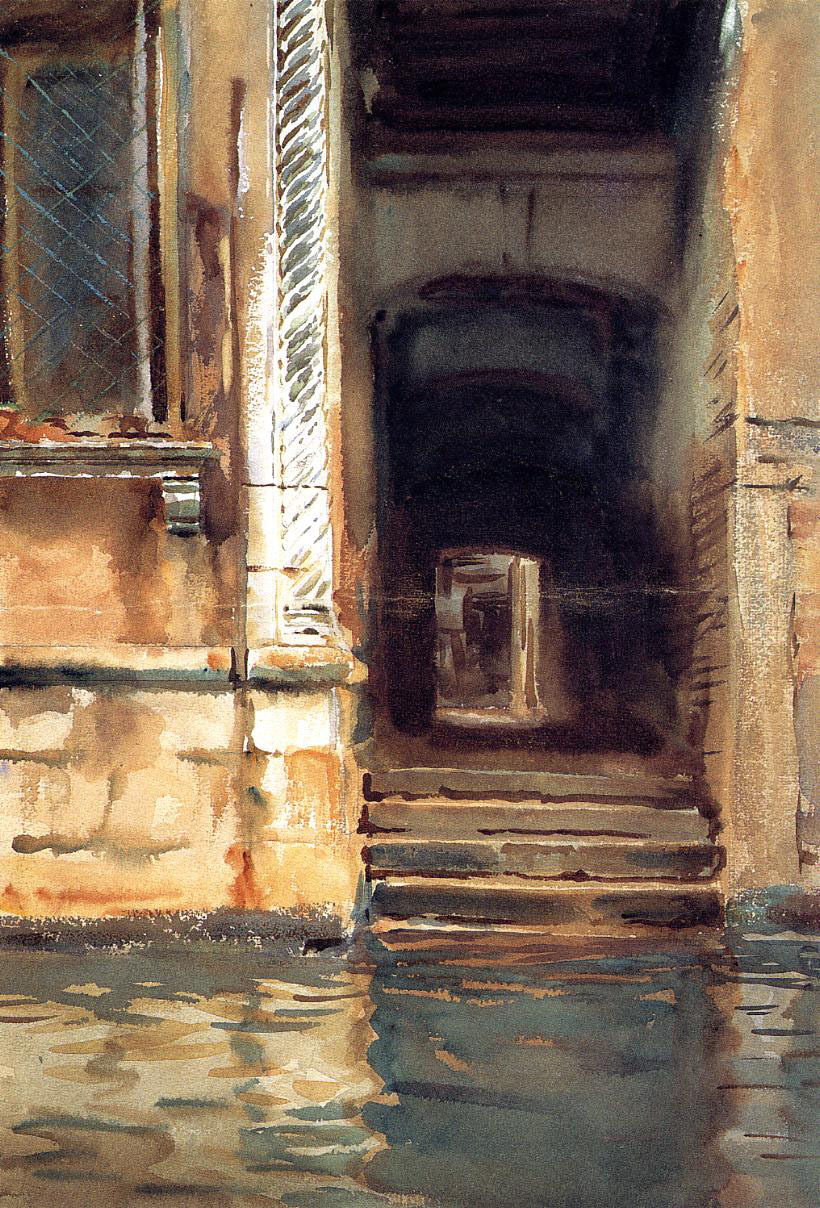

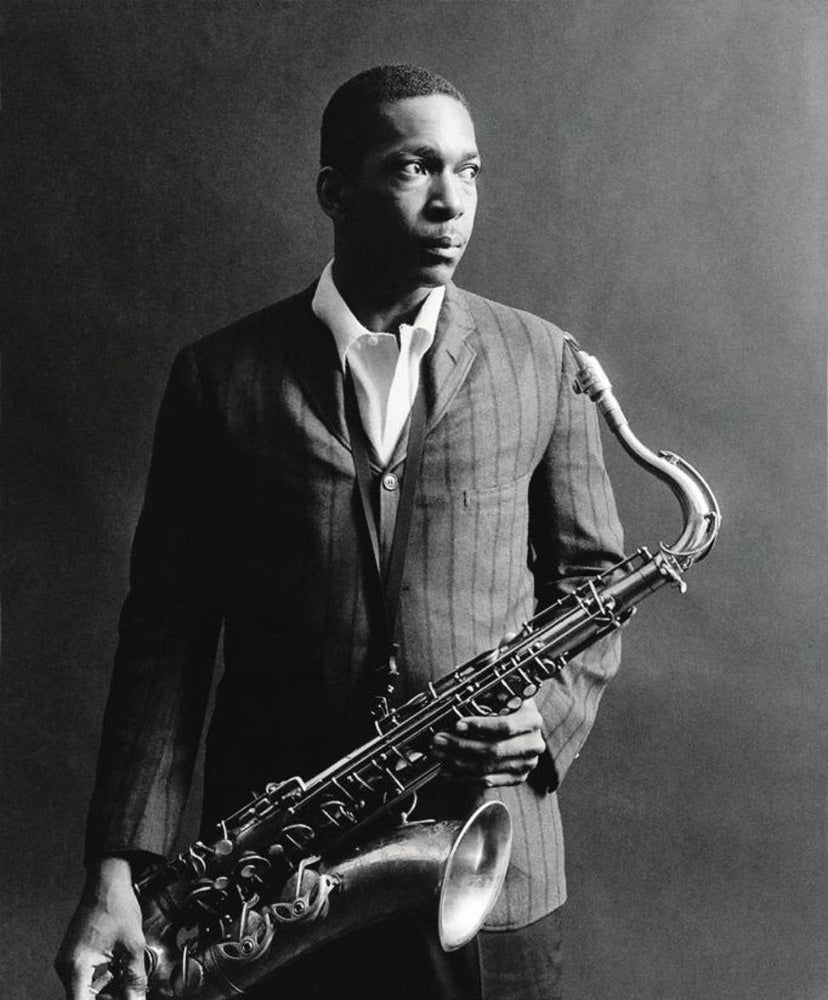








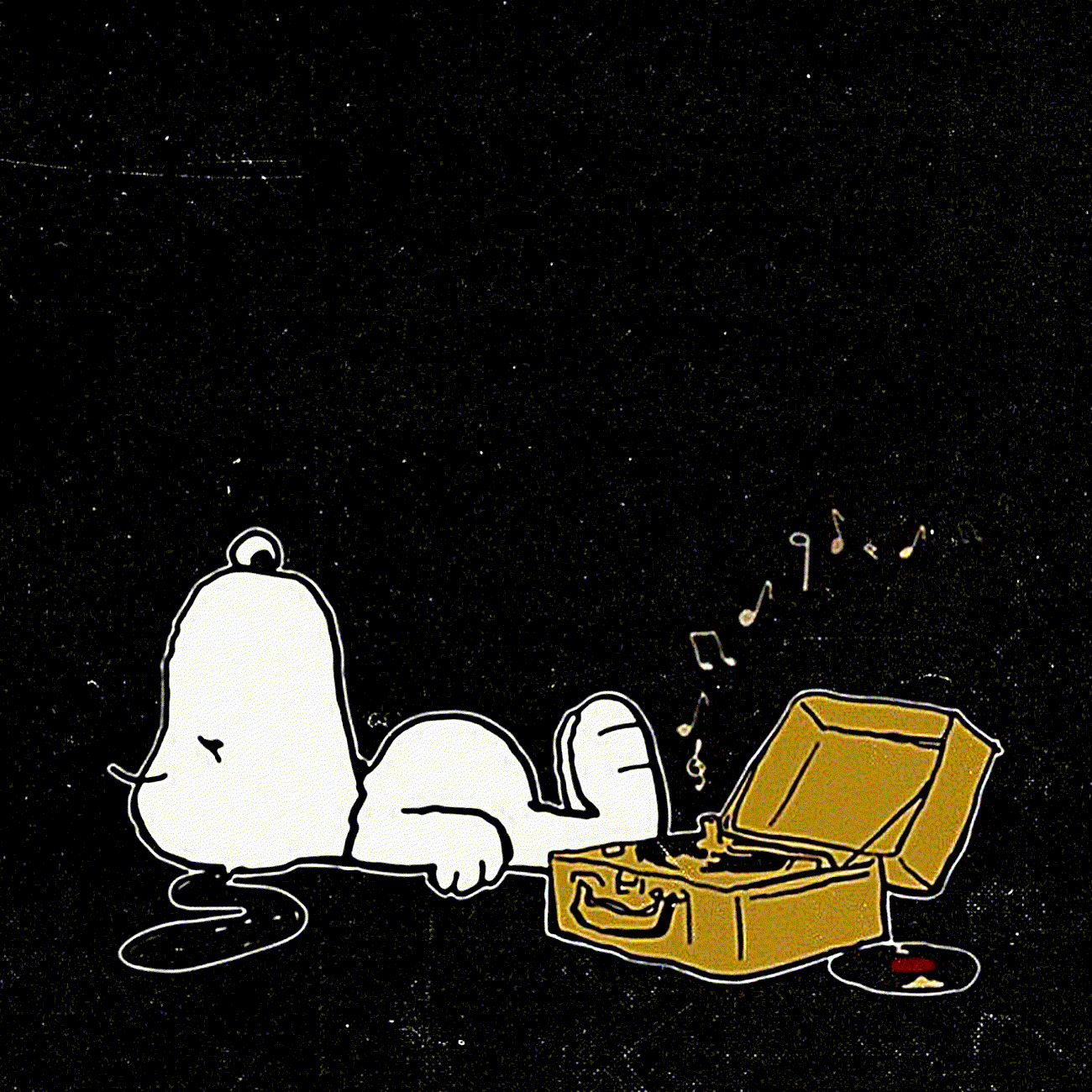

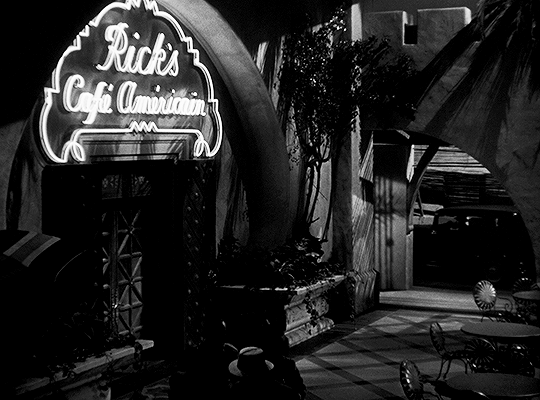





















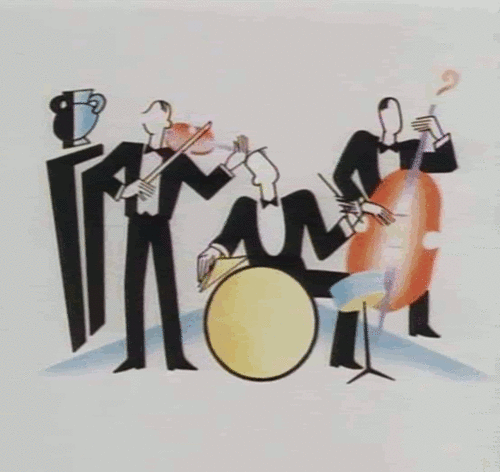









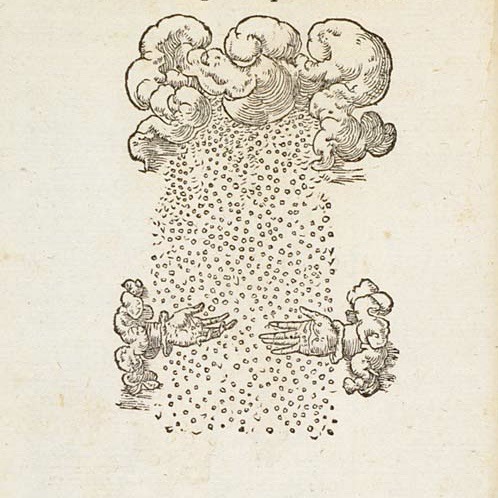


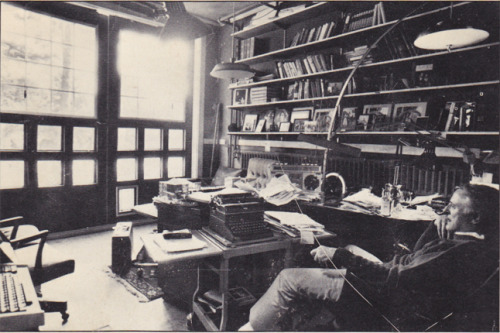













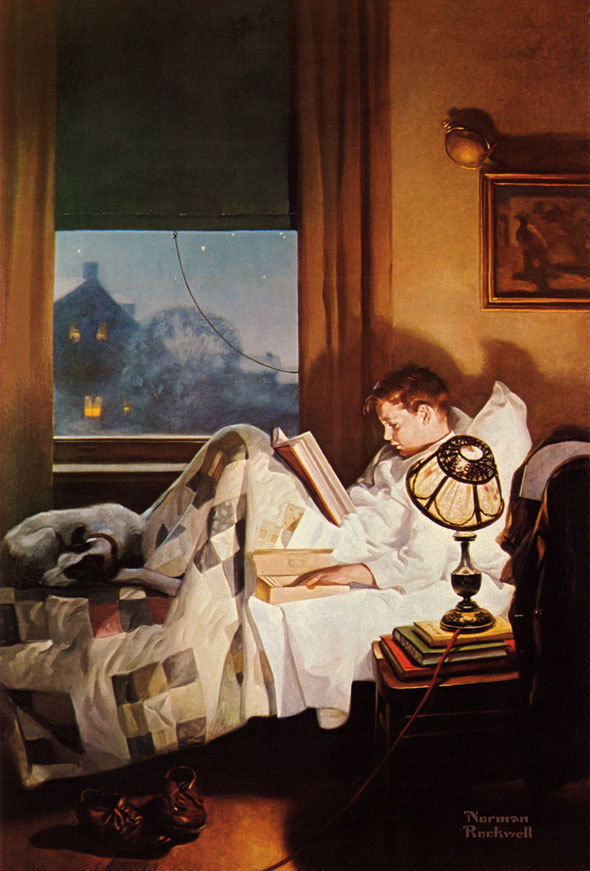
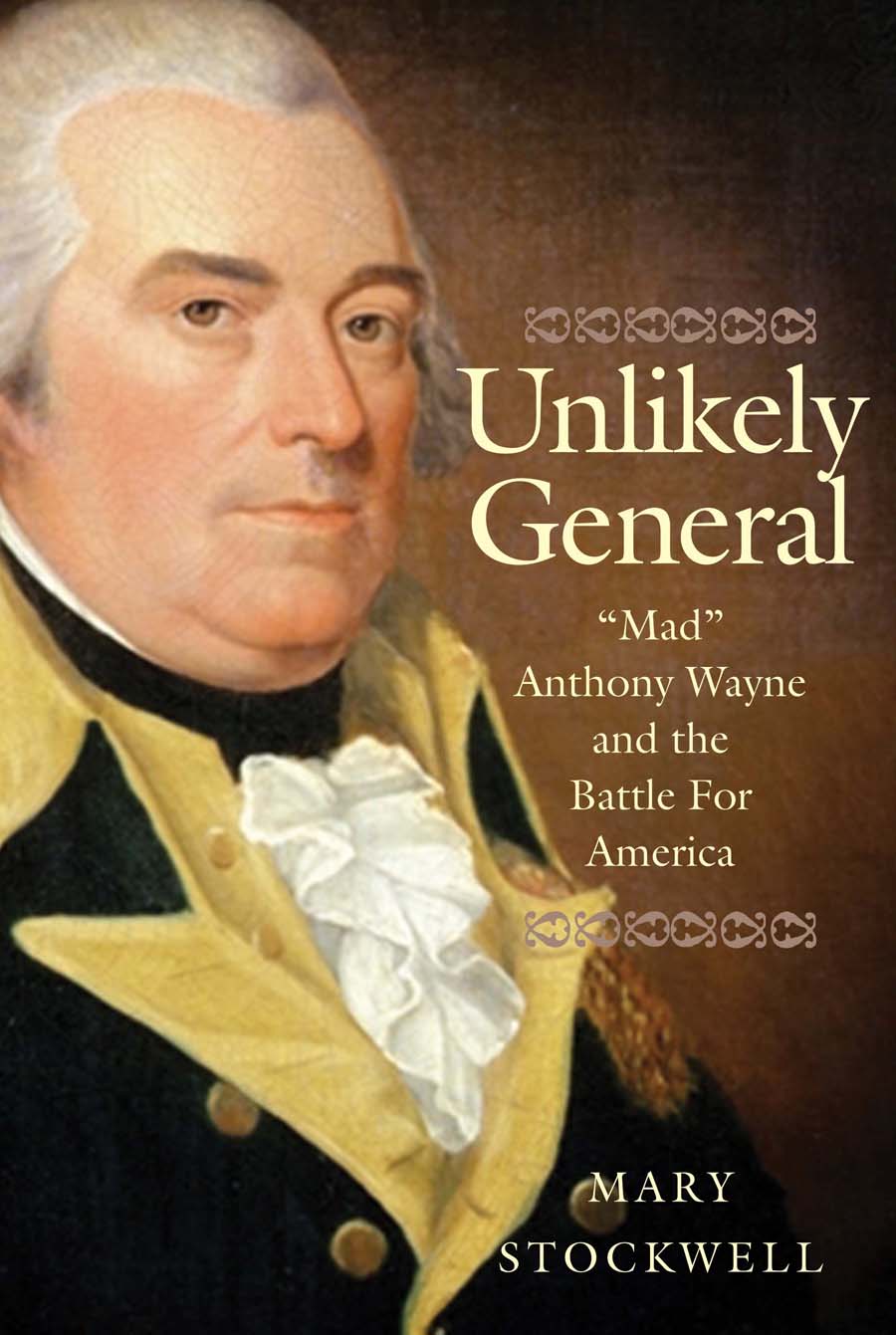





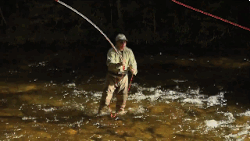


















No comments:
Post a Comment